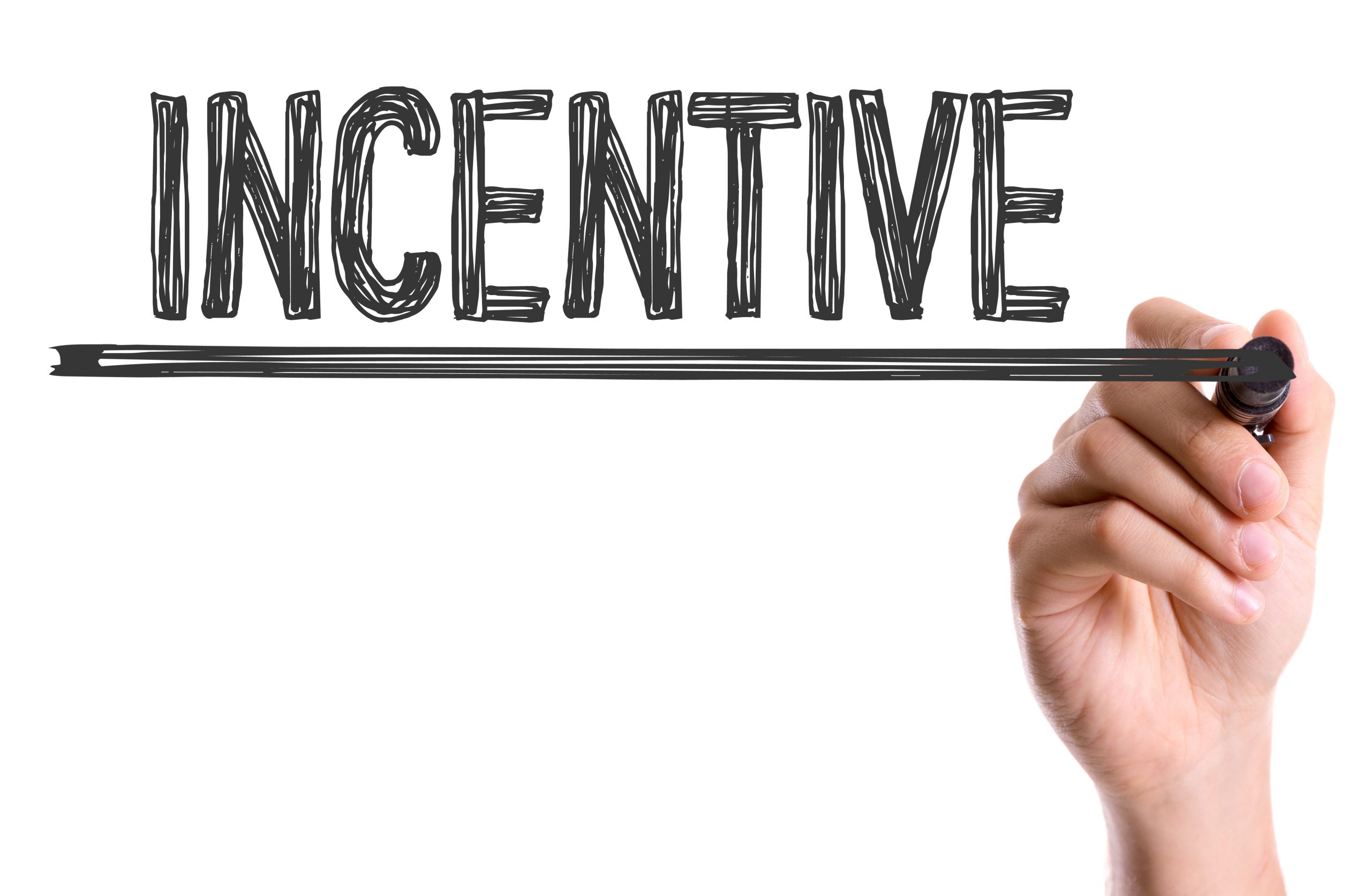Safety Incentive Programs
Safety incentive and disincentive programs are tricky to implement in ways that are truly effective. Often, there are short term gains that are not sustainable and then damage “culture” within an organization. However, if done well, they can really yield a sustainable result. Here are some thoughts to consider:
- Financial incentive programs are suggested by insurance carriers often, even to the point of pushing them at their new insured. The typical reason is that there is a recognizable impact within the first few years of these types of programs. Then, the impact diminishes. The employer is left with a workforce expecting the bonus incentive as an entitlement and has a problem when they remove it. The insurance carrier is the only winner as most carriers are only ever with an insured for a short 1 to 3 year term before the insured shops rates and moves. We never suggest pure financial incentive programs.
- There is great caution against any incentive program that rewards for fewer accidents. This is a major bumble on the part of any management team, and OSHA knows it and is watching for it. What you measure gets done. If you measure accidents, and incent people for not having them, even though they still happen, they won’t get reported. This type of incentive program results in a suppression of accident data. OSHA’s safety program of recordkeeping emphasis is clear about their enforcement actions against companies that have this type of program. The most effective safety initiatives encourage reporting of all events from serious accidents to first aid and near miss events. This allows the employer to be aware of and address any event with the potential of creating an injury.
Implementing A Safety Incentive Program
Those being the negative impacts and the “what not to do’s”, there are ways to implement plans that are highly effective. Here are some thoughts to consider as a company would look to implement such a plan.
- Set goals – management should meet and put some serious thought to the desired outcomes of any plan they implement. What results will be measurable and signify success? One obvious desired outcome should be a reduction in injury and then the subsequent worker’s compensation savings. While these will be downstream measurements signifying success, they should not be used as incentive basis.
- Define the plan – Once goals are set, management should determine the path to attaining those goals. There is plenty of information on accident prevention strategies that a management team can draw from to develop a plan. The plan should include activities that will round out an Effective Safety Management System. This can be done by engaging the help of safety specialists or consultants with proven experience in building such systems. At Optimum, we view an effective approach to SMS’s as one including elements from; Management Commitment to Safety, Program Development, Training, Hazard Assessment (inspection) and Corrective Action. We have a proprietary Safety Management Assessment Service™ that expands upon this and measures 30 Key Performance Indicators (KPI’s) that will greatly assist a management team in setting these goals and plans.
- Once the plan is defined, it needs to be implemented well. This is where the incentive program comes into play. There will be metrics that will evidence themselves in the development of the system that can be used to measure the performance of the team. Some examples would include: weekly tool box talk training, inspections of a work area on a regular basis, participation in training initiatives, submission of safety suggestions, etc.
The propensity for most employers who have either high incident rates or worker’s compensation costs will be to grab on to an incentive program as the solution. The reality is, the solution is found in the deeper development of the system underneath the incentives. The incentive program is the reward for proper implementation by the team. Good management teams will understand this and exercise the discipline needed to do the real work of laying good foundations. This insures their work will last and have a deep and profound impact on the organization.








